Worthy Park is Ready for Its Close-up
One might expect a business with such a long track record to be a household name the world over, but with most of its products being sold in bulk for the last 348 years, only the most hardcore rum nerd would begrudge you for not knowing about Worthy Park.
The original 840 acre estate was established by the Price family in Jamaica’s Lluidas Vale in 1670. Located in Saint Catherine Parish at 1,150 feet of elevation, Worthy Park sits almost dead center on the island. The area averages a comfortable 73°F (22.8°C) and receives sixty inches (152 cm) of rain per year—good conditions for growing cane, if a bit removed from metro Kingston (a forty mile drive by car).
The estate changed hands in 1863, 1899, and once again in 1918 when Fred Clarke purchased Worthy Park for £44,000. Due to a bit of unfortunate timing, Fred Clarke never realized the long-term financial stability he sought, but through his tireless efforts he was able to leave a strong legacy for his children to take over. In the waning years of his life, Fred tripled cane cultivation, doubled the cane yield per acre, and increased overall production eight-fold.
Today, the estate comprises over 10,000 acres, 40% of which is used for sugar, where as many as twenty different cultivars are grown. The estate owns and operates its own sugar mill, and as such the distillery has ready access to an ample supply of high quality molasses.
In 2005, a new distillery was built, and in 2007 Worthy Park began shipping rum once again after a forty-five year break. The new still was built by Forsyths in Scotland, and is the classic pot and twin retort arrangement famous throughout the Caribbean.
The distillery was the brainchild of Fred’s great-grandson Gordon Clarke, who today is the Co-Managing Director of Worthy Park, and the driving force behind the Rum Bar and Worthy Park rum brands.
The marques currently available in the States are: Rum Bar Overproof, Rum Bar Silver, Rum Bar Gold, and Worthy Park Single Estate Reserve. Let’s take a closer look at each and see if they might be worthy of a place in your bar.
Rum Bar White Overproof, 63% ABV
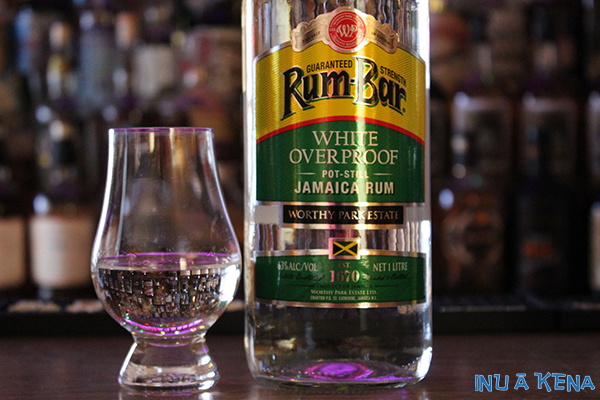
Tasting Notes:
The nose of a 63% ABV white rum is of course dominated by the ethanol. However, after some vigorous swirling and an allowance of time, we can begin to tease out the flavors. The brightness of the ethanol gives way to burnt molasses and roasted fennel bulb; there is also the suggestion of buttered bread, flambéed bananas and black pepper. On the palate, the bananas and butter dominate before giving way to a mixture of black and white pepper. Next we find lemon and grapefruit zest, and a hint of pickled mango. The finish is dominated by the white pepper and butter, and eventually gives way to a dusty note. This one is a natural companion for a Ting highball or even an overproof Daiquiri.
Rum Bar Silver, 40% ABV
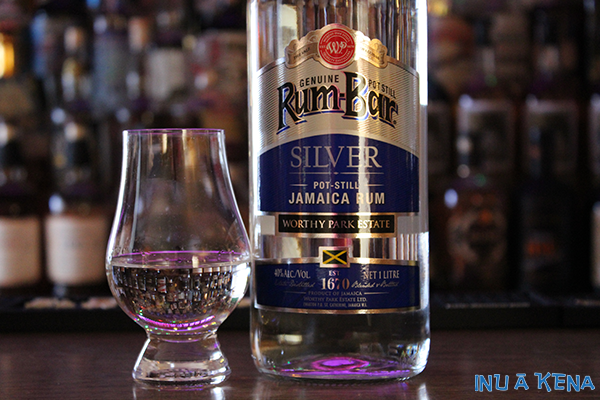
Tasting Notes:
The nose smells like a rum distillery: think burnt molasses wine and yeasty bread. Digging deeper reveals a few brighter notes including lemon zest and cracked pepper. On the palate it’s roasted fennel bulb and licorice that lead the way, followed by black pepper and volatile acidity (akin to ketones). Flambéed banana fills out the mid-palate nicely, while the long finish transitions from roasted fruit back to citrus zest and black pepper before fading out in briney bliss. This more gentle version of the overproof would do quite well in a variety of cocktails.
Rum Bar Gold, Aged Four Years in Ex-Bourbon, 40% ABV
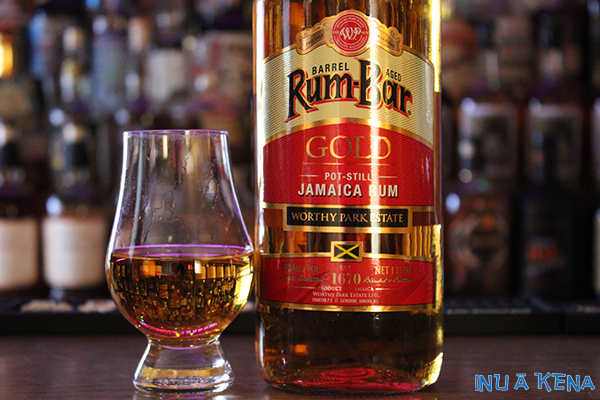
Tasting Notes:
The nose is quite fruity–it’s clear that the four years in ex-Bourbon has given the rum time to esterify. The main note is again bananas, but there is also some pineapple here along with a bit of ripe mango and a hint of citrus. The fruit gives way to caramel and Chantilly cream, followed by a touch of pepper. The entry is very agreeable; the blender has managed to balance the fruit, cream, and spice notes quite nicely. The finish is long and again takes us through the entire symphony of flavors before ending with a bit of a dusty note. A unique rum that makes for easy sipping.
Worthy Park Single Estate Reserve, Aged Six to Ten Years in Ex-Bourbon, 45% ABV
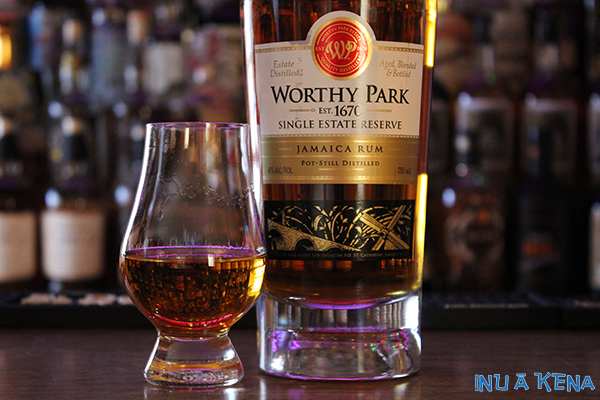
Tasting Notes:
While cut from the same cloth as the Rum Bar Gold, the nose here is decidedly different, and leads with ample volatile acidity. Charred molasses and brine are apparent, as is roasted fruit and caramel. On entry, the fruits (banana, pineapple, and a goodly dose of dried apricot) combine nicely with spice: pepper, cinnamon, and a bit of nutmeg. There is a greater perceived sweetness here as well, along with vanilla and cream. While the aforementioned description might suggest this is some simple smooth operating sipper, allow me to disabuse you of that notion. There is a an edgy roughness lurking within this rum, suggestive of ketones and smoke—almost Caroni-like, but far more refined. The long finish is suggestive of dried apricot and a touch of white pepper. The Single Estate Reserve is a complex sipper to unpack over the course of several sittings.
In summary, if you like Jamaican rum, you will undoubtedly enjoy this entire line. Each has its own special something to offer, and I’m sure U.S. bartenders of all stripes will delight in playing with these spirits in new and exciting ways. Available only on the East Coast as of this writing, we Californians will soon have ready access as well. Until then, you can buy them online here.
Worthy Park’s re-entry into the rum market represents both the pioneering spirit of Fred Clarke and the continual process improvements of his progeny. By vertically integrating and controlling production from raw materials to finished goods, Worthy Park has given itself the best chance at ensuring fair profits for its rum and continued longevity for the estate. We wish them the best and look forward to what comes next.
For more on Worthy Park’s history, you can buy A Jamaican Plantation: The History of Worthy Park 1670-1970 by Michael Craton, James Walvin as a Google eBook. For a slick overview of the Estate and their rum-making process, check out this video.
† Indicates photo courtesy Worthy Park.
Fred Clarke photo from A Jamaican Plantation.
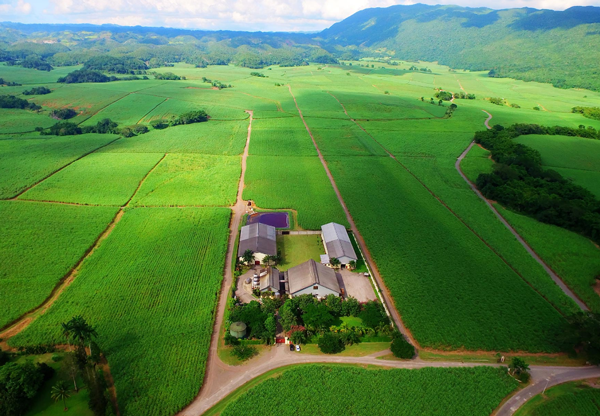
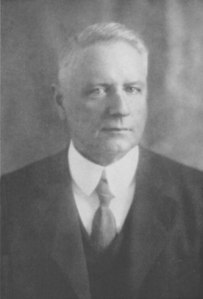
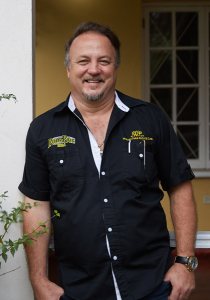
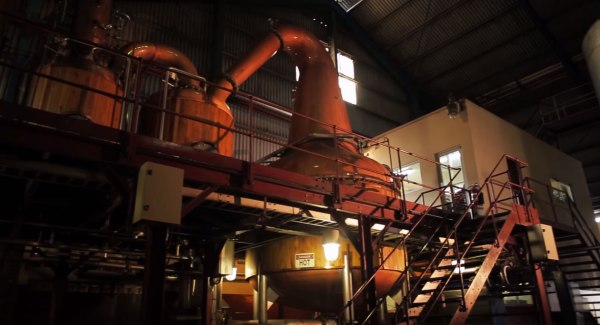
Trackbacks